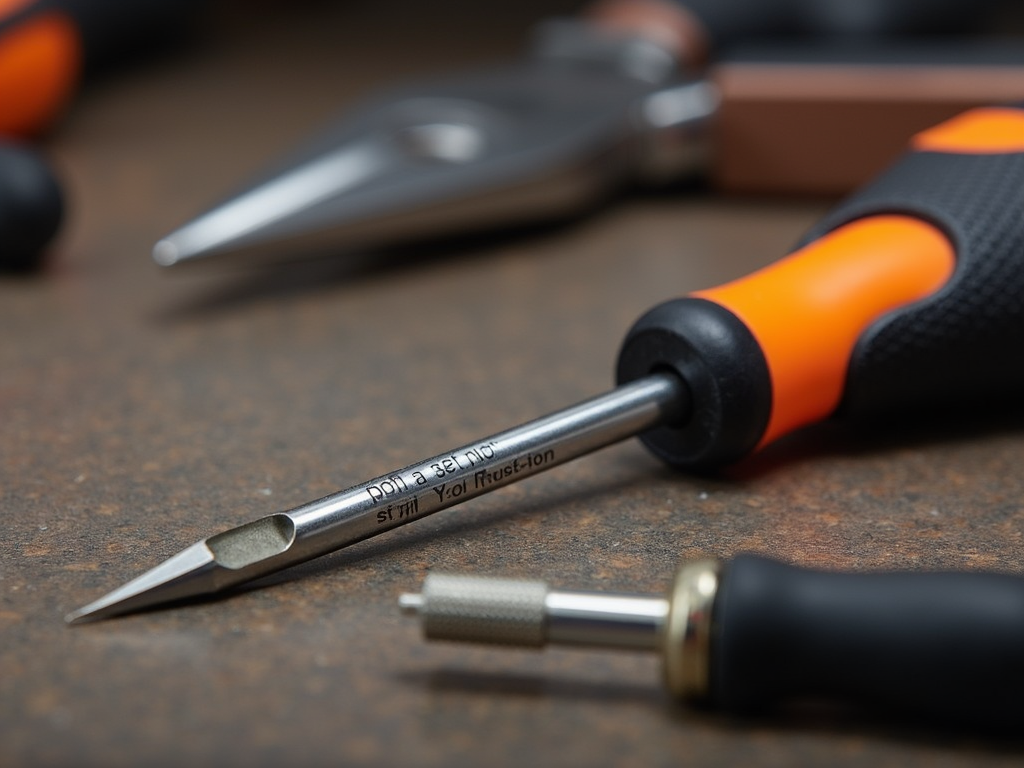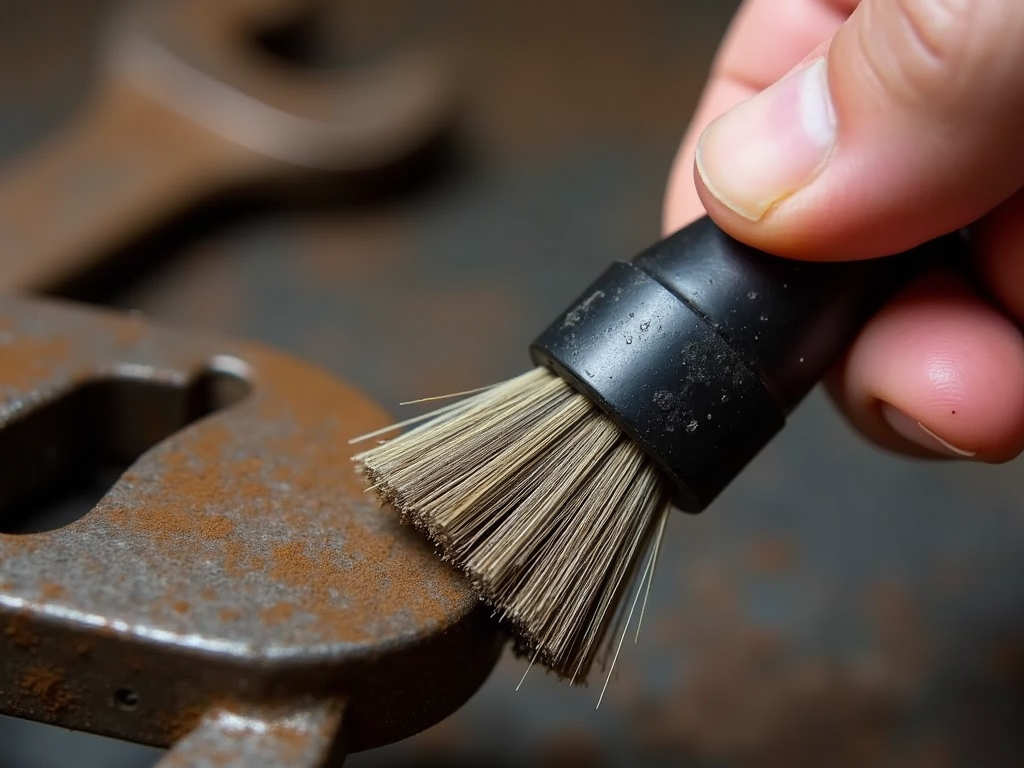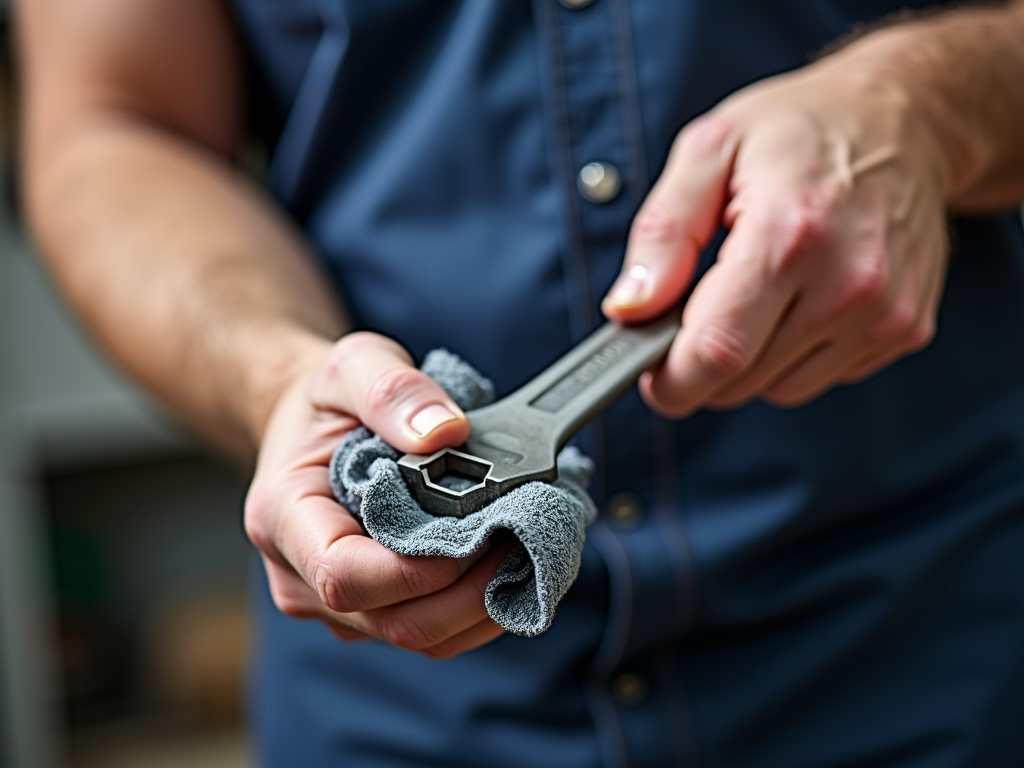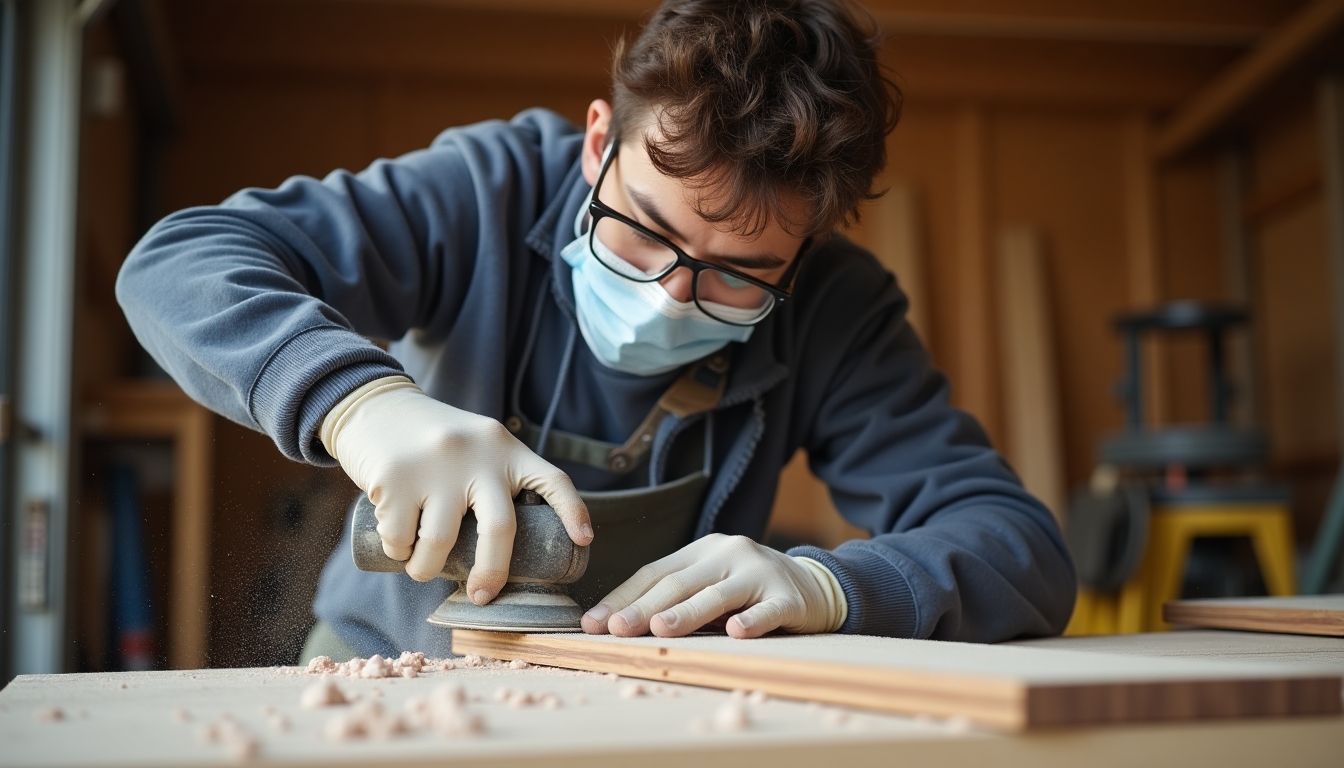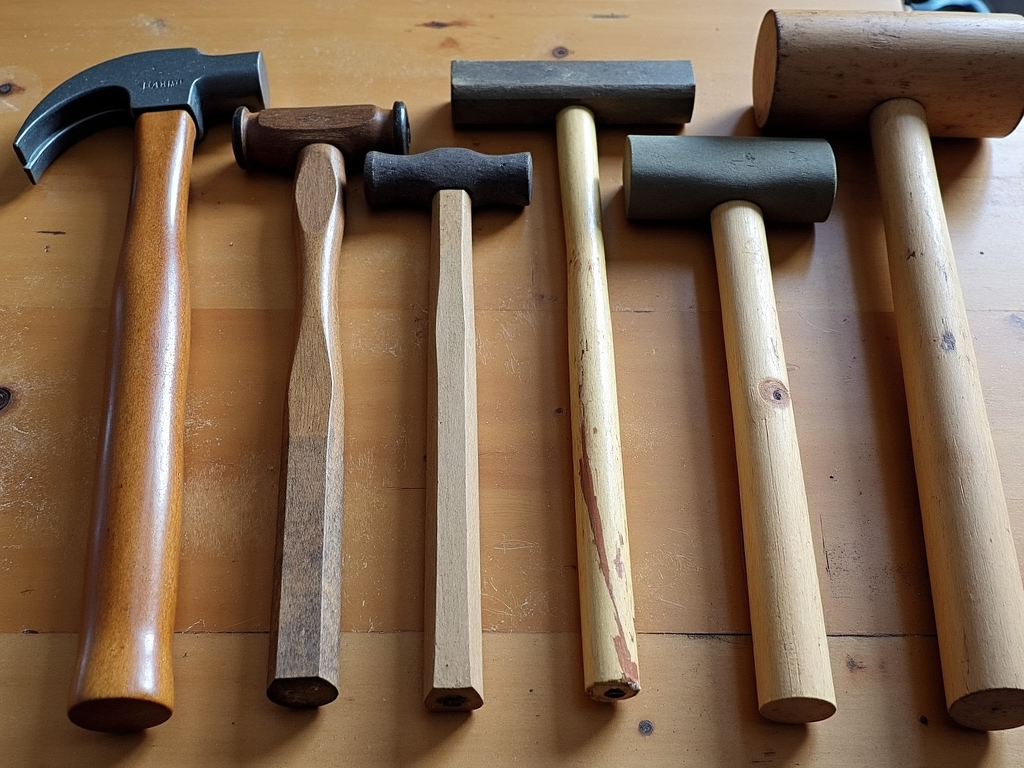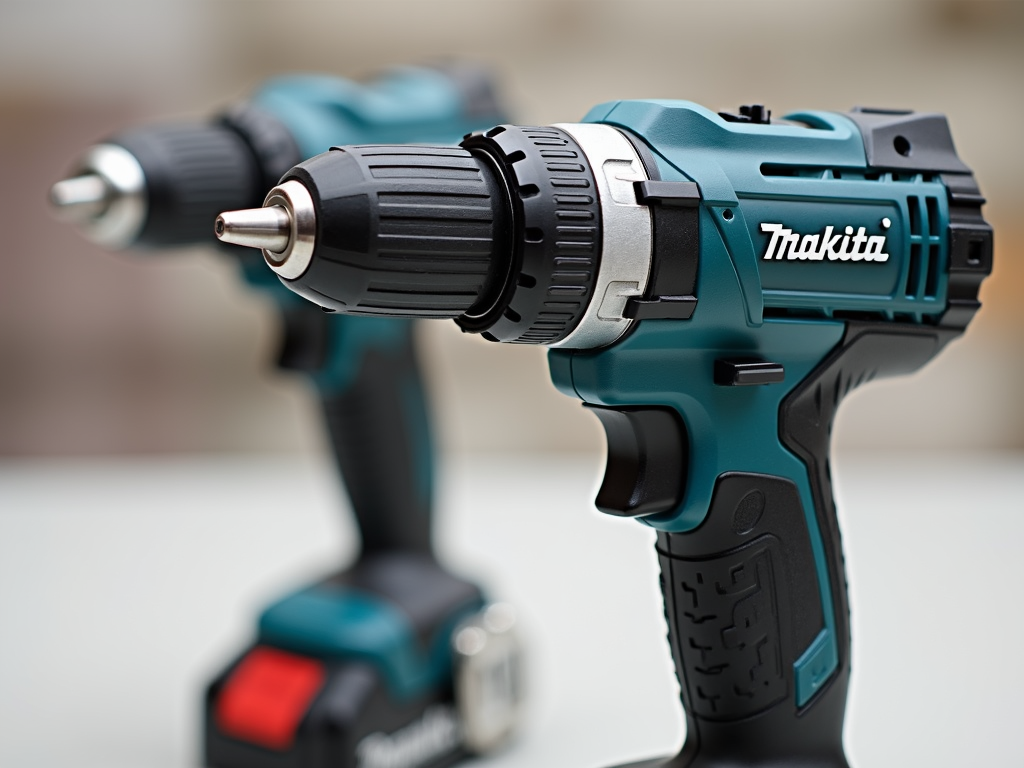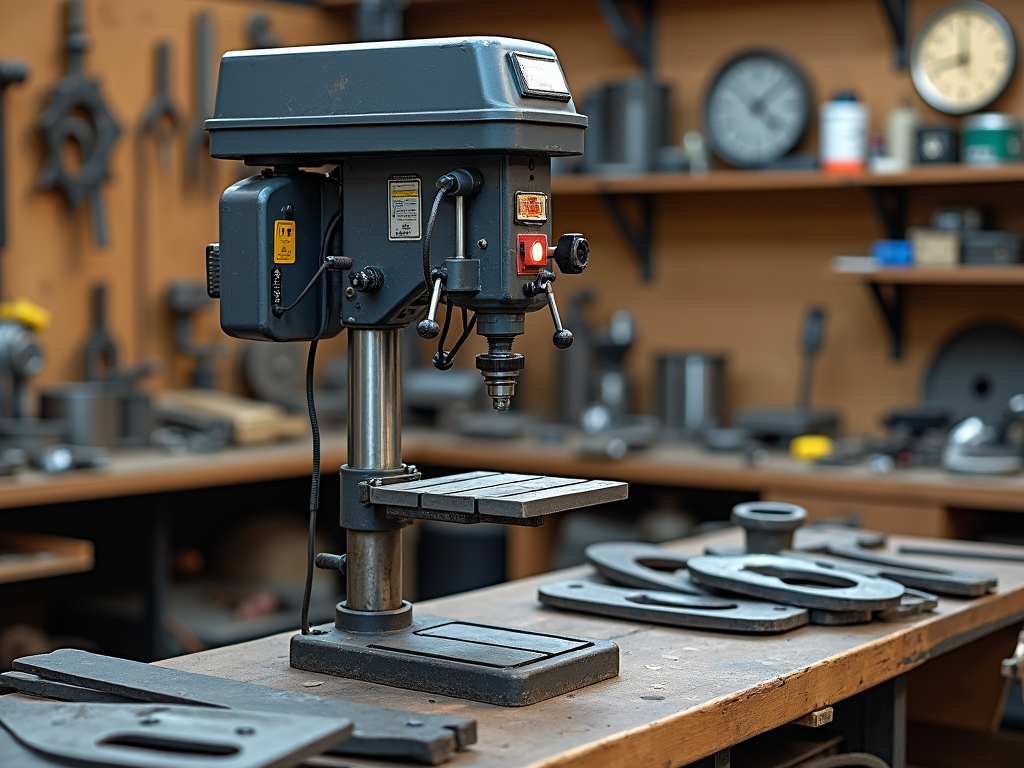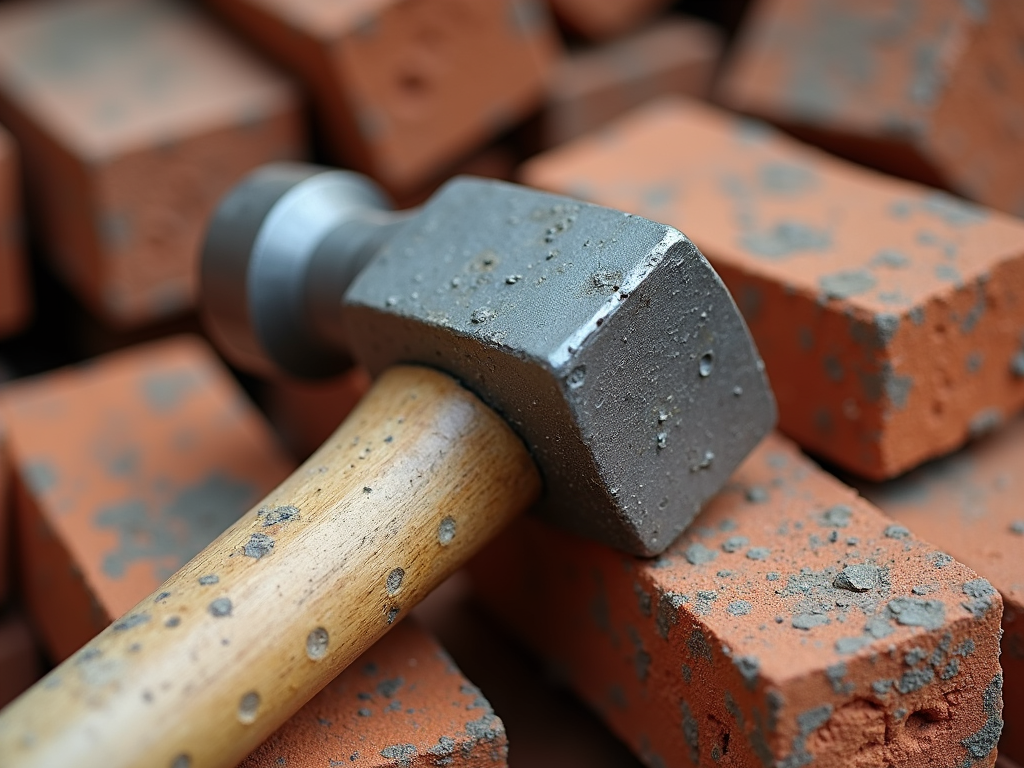Setting up an ergonomic workbench can transform your workspace. It’s all about comfort and productivity. This guide shares practical Ergonomic Workbench Setup Tips to help you work smarter, reduce strain, and stay energized. Let’s dive in and create a setup that works for you.
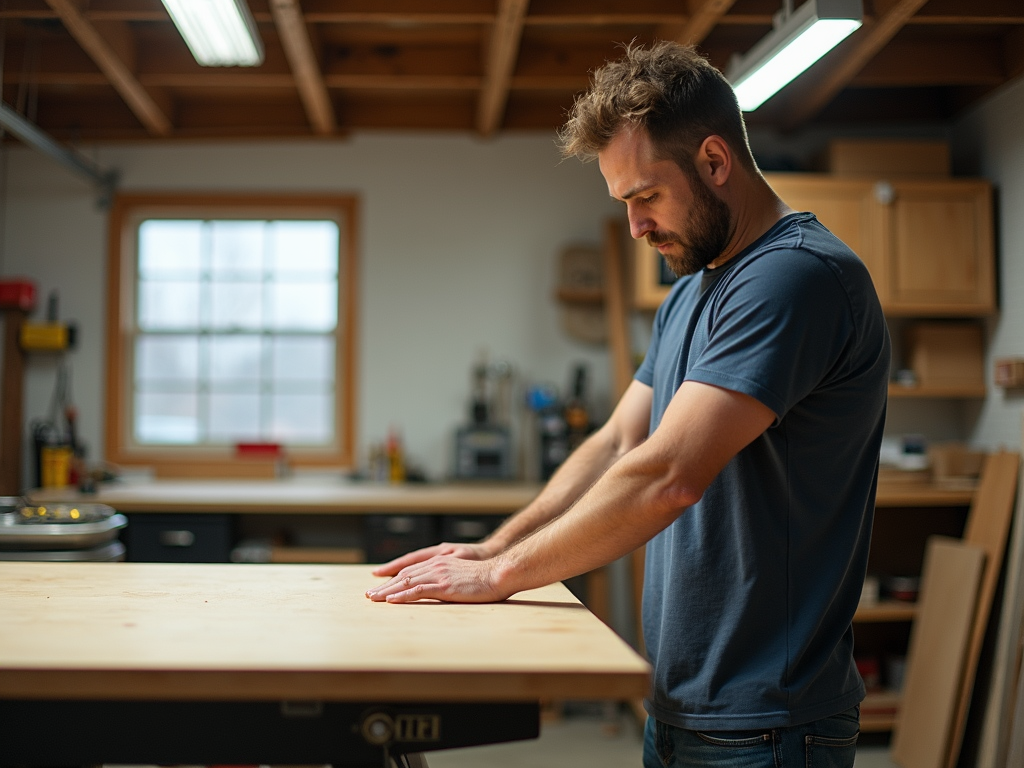
Why Ergonomics Matter
Ergonomics is about designing your workspace to fit you, not the other way around. A good setup reduces back pain, shoulder stiffness, and wrist strain. It also boosts focus and energy. Studies from the Occupational Safety and Health Administration (OSHA) show ergonomic workstations can cut musculoskeletal issues by up to 60% (OSHA Ergonomics). Poor posture at a workbench can lead to long-term problems. I’ve felt that ache after hours of hunching over a poorly set table. An ergonomic approach changes that. It’s simple: when your body feels good, you work better.
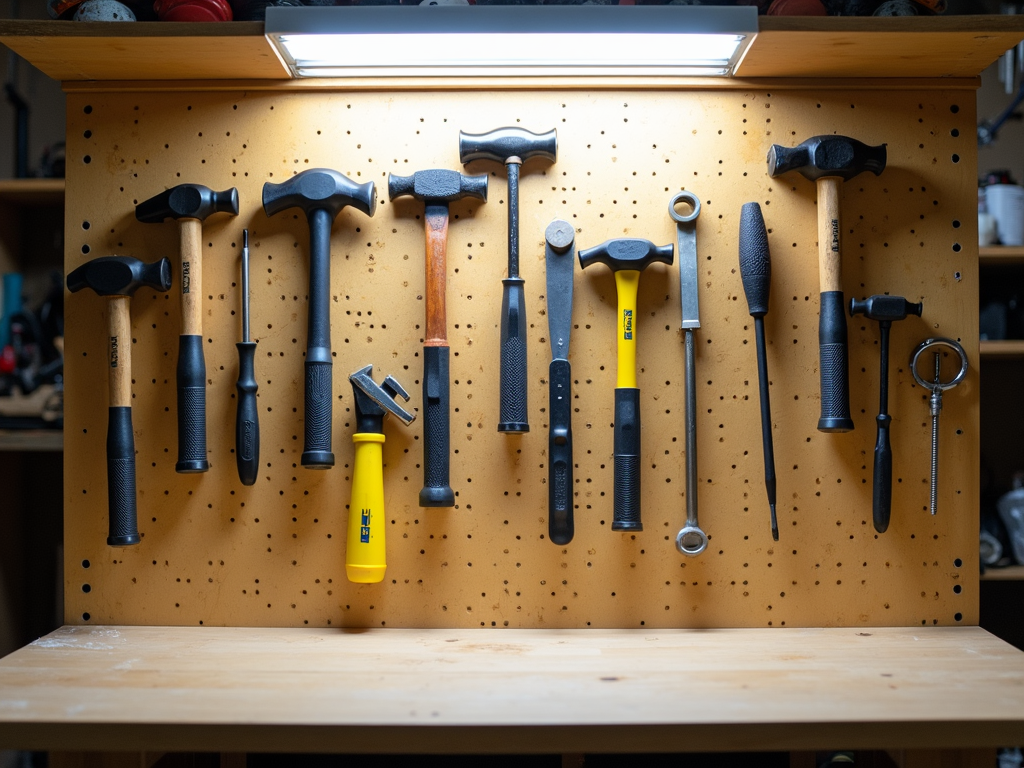
Choosing the Right Workbench
Picking the right workbench is the foundation of an ergonomic setup. Look for features to look for in a workbench like adjustable height. This lets you set it to match your body—elbows at 90 degrees is ideal. You also need enough space to spread out. A cramped surface forces awkward moves that tire you out. Sturdy construction matters too. Wobbly workbenches waste energy and frustrate you. Some folks prefer stationary models for heavy tasks, while mobile ones suit smaller spaces. I once used a flimsy table that shook with every hammer swing—never again. Go for quality that lasts.
| Feature | Description | Importance |
|---|---|---|
| Adjustable Height | Matches your stature for comfort | High |
| Workspace Size | Room for tools and materials | Medium |
| Sturdy Build | Prevents wobbling and instability | High |
| Storage Options | Keeps tools organized and accessible | Medium |
This table sums up what to prioritize when shopping for workbenches.
Setting Up Your Workbench
Now, let’s get to the good stuff—setting it up right. Start by adjusting the height. Stand naturally; your elbows should bend at 90 degrees. Next, keep tools you use most within arm’s reach. No stretching or twisting. Use organizers like pegboards or drawers to avoid clutter. Lighting is huge—add a task lamp to see clearly without squinting. Think about your workflow too. If you’re assembling parts, arrange tools in order of use. Here’s how to do it:
- Set height for a 90-degree elbow angle.
- Place frequent-use tools close by.
- Hang tools on a pegboard or use bins.
- Add adjustable lighting.
- Plan your task flow.
I learned this the hard way after fumbling with tools scattered everywhere. A little planning saves a lot of hassle.

Tools and Accessories
The right workman tools and extras make your workbench shine. Look for tools with comfy handles—rubber grips beat hard plastic any day. They cut hand fatigue during long sessions. Anti-fatigue mats are a game-changer if you stand a lot. Your legs will thank you. An ergonomic stool works if you sit—get one with back support. I’ve used a cheap mat that flattened out fast, so invest in a thick one. Tool belts or magnetic strips keep small items handy. These tweaks turn a basic setup into something special.

Common Mistakes to Avoid
It’s easy to mess up an ergonomic setup. One big mistake? Ignoring it until you’re sore. Adjust things before pain starts. Clutter is another trap—tools piled up slow you down and risk accidents. Don’t skip breaks either; standing or sitting too long wears you out. Using the wrong tools—like a tiny screwdriver for big screws—forces strain. I once ignored lighting and ended up with headaches from squinting. Keep it simple: fix height, clear space, rest, and match tools to tasks. Avoid these, and you’re golden.
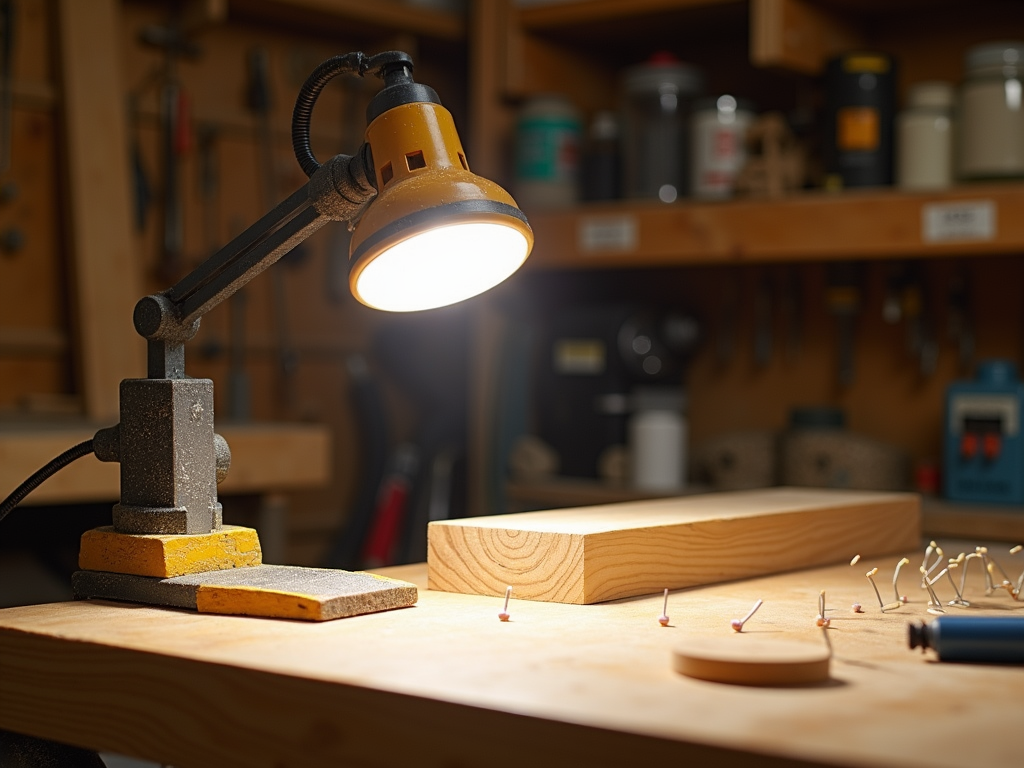
Personal Insights
I’ll never forget my first workbench disaster. I grabbed a hand-me-down table, too low and rickety. After an hour, my back screamed, and my hands cramped from awkward grips. I didn’t know better. Then I researched Ergonomic Workbench Setup Tips—adjusted the height, got a decent mat, and organized my gear. Night and day difference. Now, I enjoy tinkering for hours without that old ache. It’s not fancy; it’s just smart. Your setup should feel like a partner, not a punishment.
Summary
An ergonomic workbench is your ticket to comfort and efficiency. Pick one with adjustable features, set it up thoughtfully, and use the right workman tools. Skip the clutter and fix mistakes early. You’ll work longer, feel better, and love your space. Try these tips—you won’t look back.
Related Ergonomic Workbench Setup Tips:
- How to Choose Ergonomic Workman Tools
- How to Care for Your Hand Tools Like a Pro
- Essential Hand Tools Maintenance Tips for Every Workman
- Essential DIY Safety Tips for Beginners: A Comprehensive Guide
- Mastering Automation: A Deep Dive into Advanced Electrical Tools
- Choosing the Perfect Hammer for Every Job: A Comprehensive Guide
- Top Innovative Electrical Tools for 2023: A Comprehensive Guide
- The Ultimate Guide to Safety Gear for Construction Workers
- Mastering the Drill Press: Techniques for Better Precision
- How to Prep Your Room for a Perfect Paint Job
- Essential Construction Tools for Masonry Work: A Comprehensive Guide
- How to Choose the Right Power Drill for Your Projects
